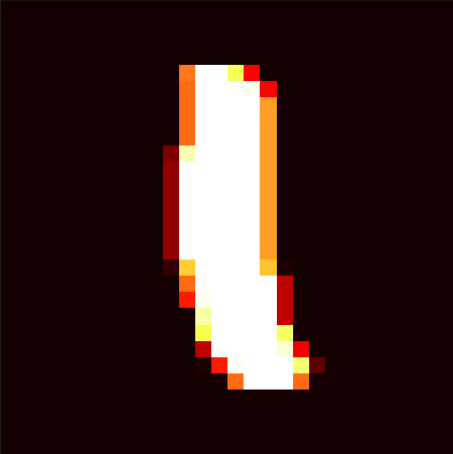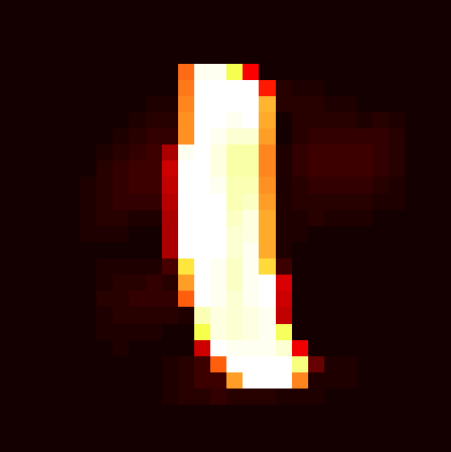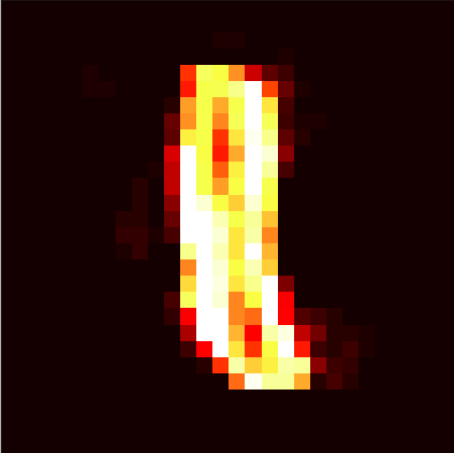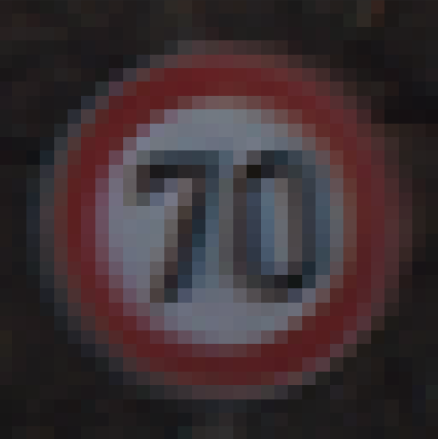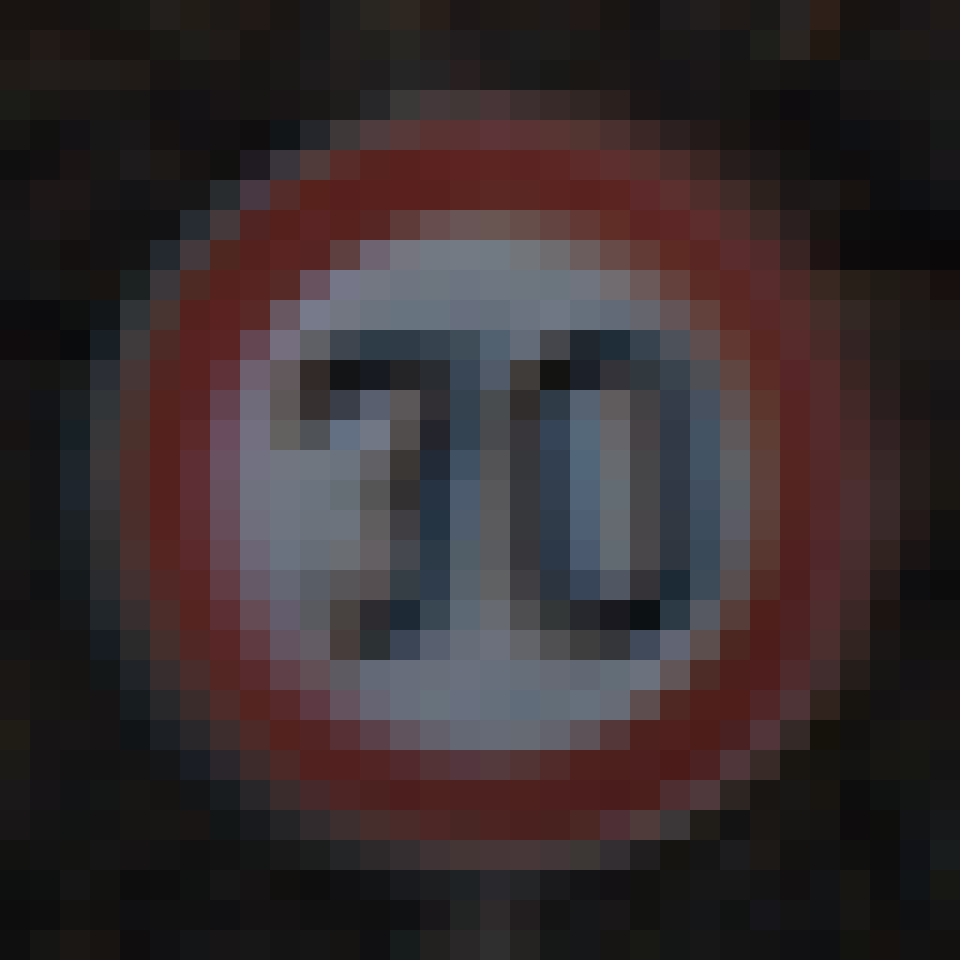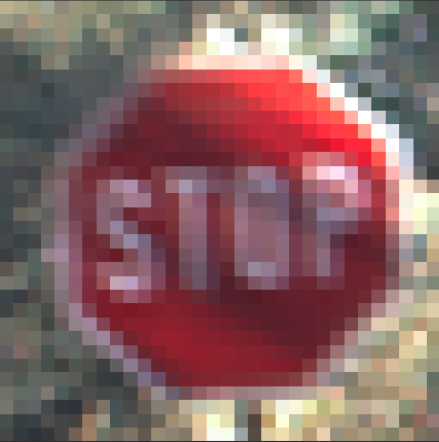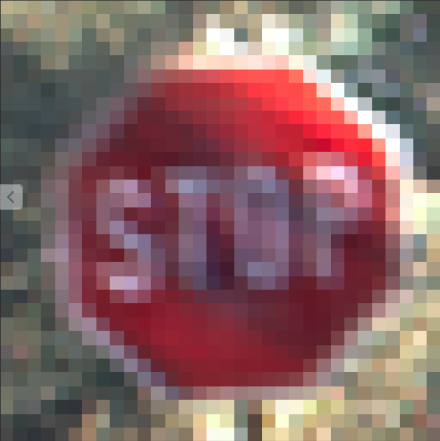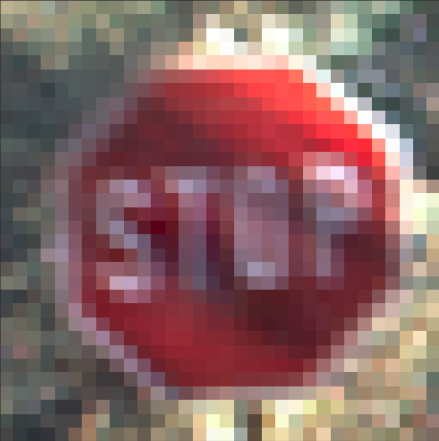From left to right: original image (1) and adversarial examples for a 1 hidden layer NN trained with weight decay (2), dropout (3) and Cross-Lipschitz (4) regularization.
The adversarial examples were generated using the proposed method with a binary search, such that they are located on the decision boundary between 2 classes. So there are no overshoots in terms of the required adversarial change.
We can see that adversarial examples generated for the NN trained with Cross-Lipschitz regularization in first 2 cases indeed change the class even for a human observer. However, there are still some dificulties with more abstract classes (e.g. stop signs), but in this case the required norm of the adversarial change is usually higher with Cross-Lipschitz regularization.
If we want to run a 32-layer ResNet on MNIST with adversarial training and with Cross-Lipschitz regularization:
python worker.py --experiment_name=advers_training --adv_train_flag --reg_type=cross_lipschitz --dataset=cifar10 --nn_type=resnet --gpu_number=0 --gpu_memory=0.6 --lr=0.2 --lmbd=0.0001 --batch_size=128 --n_epochs=200You can get further information on different arguments with: python worker.py --help.
The most interesting piece of code is the Cross-Lipschitz regularizer in regularizers.py:
It contains ~10 lines of code and they are very straightforward due to tf.gradients used to calculate the required derivatives. It is suitable for any differentiable classifier.
Another contribution is the generation of targeted adversarial examples with box constraints, which is in attacks.py.
Note, that the optimization problem being solved uses linear approximation of the classifier.
Additionally, the only well-defined point for an adversarial change is the point on the decision boundary. In order to find it we perform a binary search for the smallest c in the optimization problem, which is enough to change the class. The code is in ae_generation.py.
Supported neural network types:
- One hidden layer fully-connected network
- Residual Network 32 layers (implemented as suggested in Deep Residual Learning for Image Recognition)
Regularization types:
cross_lipschitz: the proposed Cross-Lipschitz regularizationweight_decay: a standard L2 weight decaydropout: in case of ResNets it is implemented as suggested in Wide Residual Networks.no: no regularization.
Supported settings (if no flag specified then it will run in plain setting):
adv_train_flag: adversarial training with the proposed method (wrt L2-norm)augm_flag: data augmentation
Datasets (you will need to have them in the folder data/, for details please see data.py):
mnistcifar10gtrsrb: German Traffic Sign dataset
Note that the script worker.py saves optimization logs, different metrics and the model parameter to the corresponding folders.
In order to evaluate the upper bounds of the minimum adversarial change for each example, you can use eval_robustness.py. This script should be called after all models in a particular experiment are trained.
For any questions regarding the code please contact Maksym Andriushchenko (m.my surname@gmail.com). Any suggestions are always welcome.
@incollection{NIPS2017_6821,
title = {Formal Guarantees on the Robustness of a Classifier against Adversarial Manipulation},
author = {Hein, Matthias and Andriushchenko, Maksym},
booktitle = {Advances in Neural Information Processing Systems 30},
editor = {I. Guyon and U. V. Luxburg and S. Bengio and H. Wallach and R. Fergus and S. Vishwanathan and R. Garnett},
pages = {2263--2273},
year = {2017},
publisher = {Curran Associates, Inc.},
url = {http://papers.nips.cc/paper/6821-formal-guarantees-on-the-robustness-of-a-classifier-against-adversarial-manipulation.pdf}
}
